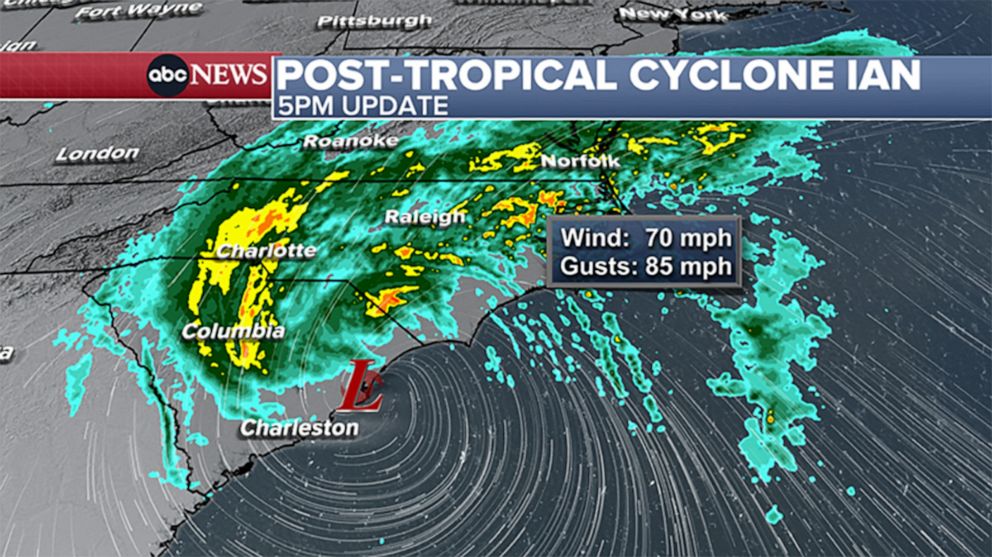IAN

Florida's population has skyrocketed. That could make Hurricane Ian more destructive.
Tampa, Fort Myers and Sarasota — all among the state's fastest growing metropolitan areas — are within the range of predicted paths, the NHC said. Ian may bring a "life threatening storm surge, catastrophic winds and flooding in the Florida peninsula," the hurricane center said in its 5 a.m. ET updates.
No state in the eastern U.S. has grown faster in recent years than Florida, which has added nearly 3 million residents since 2010.
Now, the state is yet again in the path of a major hurricane, with Hurricane Ian expected to make landfall on Florida's western coast Wednesday. It is now classified as a Category 4 storm, according to the National Hurricane Center.
Shuyi Chen, a UW professor of atmospheric sciences, was traveling to a conference in Boston as Hurricane Ian approached the Gulf of Mexico. During breaks at the conference, she provided her thoughts on the closely watched catastrophic storm system that made landfall in Florida on Sept. 28.

More people — and more buildings to house them, often in coastal areas — mean that a major hurricane could become more costly and destructive.
The population boom in hurricane-prone Florida is an example of the "expanding bullseye effect," said Stephen Strader, a professor at Villanova University who studies how human environments are vulnerable to natural disasters.
The overall Atlantic hurricane season this year has been slower, with less named storms and generally weaker and shorter-lived storms than the recent average, especially compared with the last two busy years in 2020 and 2021. However, hurricane impacts on society are not necessarily correlated the number of storms. It depends on individual storms and where they occur. Land-falling hurricanes, like Fiona and Ian, have very high impacts, including extreme wind, rain, storm surge and flooding. In fact, one of the most costly events, Hurricane Andrew in 1992, occurred during a year when we had one of the lowest number of storms.

The complexity of forecasting hurricane impacts, such as flooding caused by a combination of rain, storm surge, river runoff and the built environment in urban and coastal cities, requires new interdisciplinary research involving scientists, engineers and decision-makers. We need to advance multidisciplinary research, technologies and training of new generation of scientists to take on this grand challenge.
More population means more damage. Officials have warned that Hurricane Ian could bring a storm surge of 10 feet or higher, along with 6 to 18 inches of rain. The geography of the Tampa-St. Petersburg area makes it especially susceptible to a storm surge, experts said, and heavy rain could cause flooding even in inland areas.
With so many more people living in the areas that could be affected, damage estimates are huge. Hurricanes are already the costliest natural disasters, and billion-dollar storms are happening more frequently than ever.
The last major hurricane to hit western Florida was in 2017, when Hurricane Irma thrashed the eastern part of the Fort Myers-Cape Coral metro area; tens of thousands of people have moved to the area since then. In Tampa, no hurricane has hit the city directly in decades.

